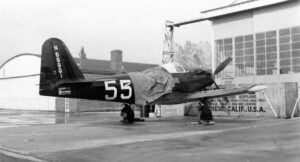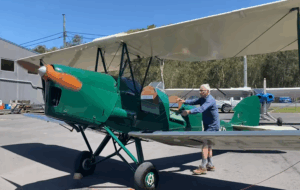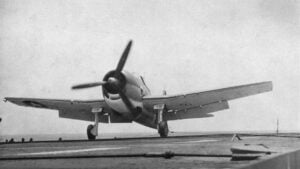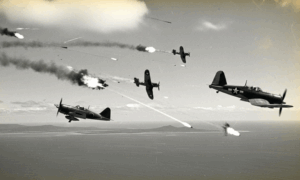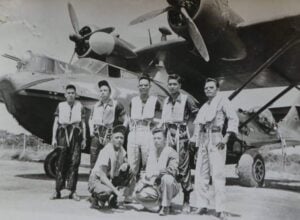The 440mph Monster That Cracked Germany’s Air Force
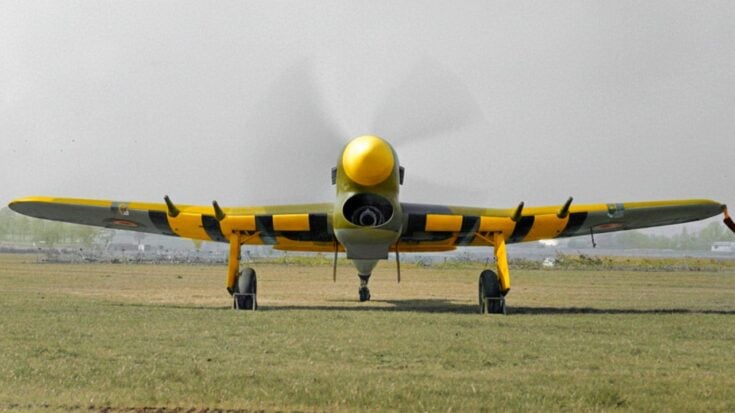
YouTube / Dark Skies
In 1942, German Fw 190s ruled the skies over France and the English Channel—until a strange, striped British fighter appeared, roaring in at 440 miles per hour. Its engine screamed with a sound no Luftwaffe pilot had ever heard. Within seconds, cannon shells ripped through German formations, forcing bomb-laden Fw 190s to dump their loads and flee. The age of Luftwaffe dominance was over.
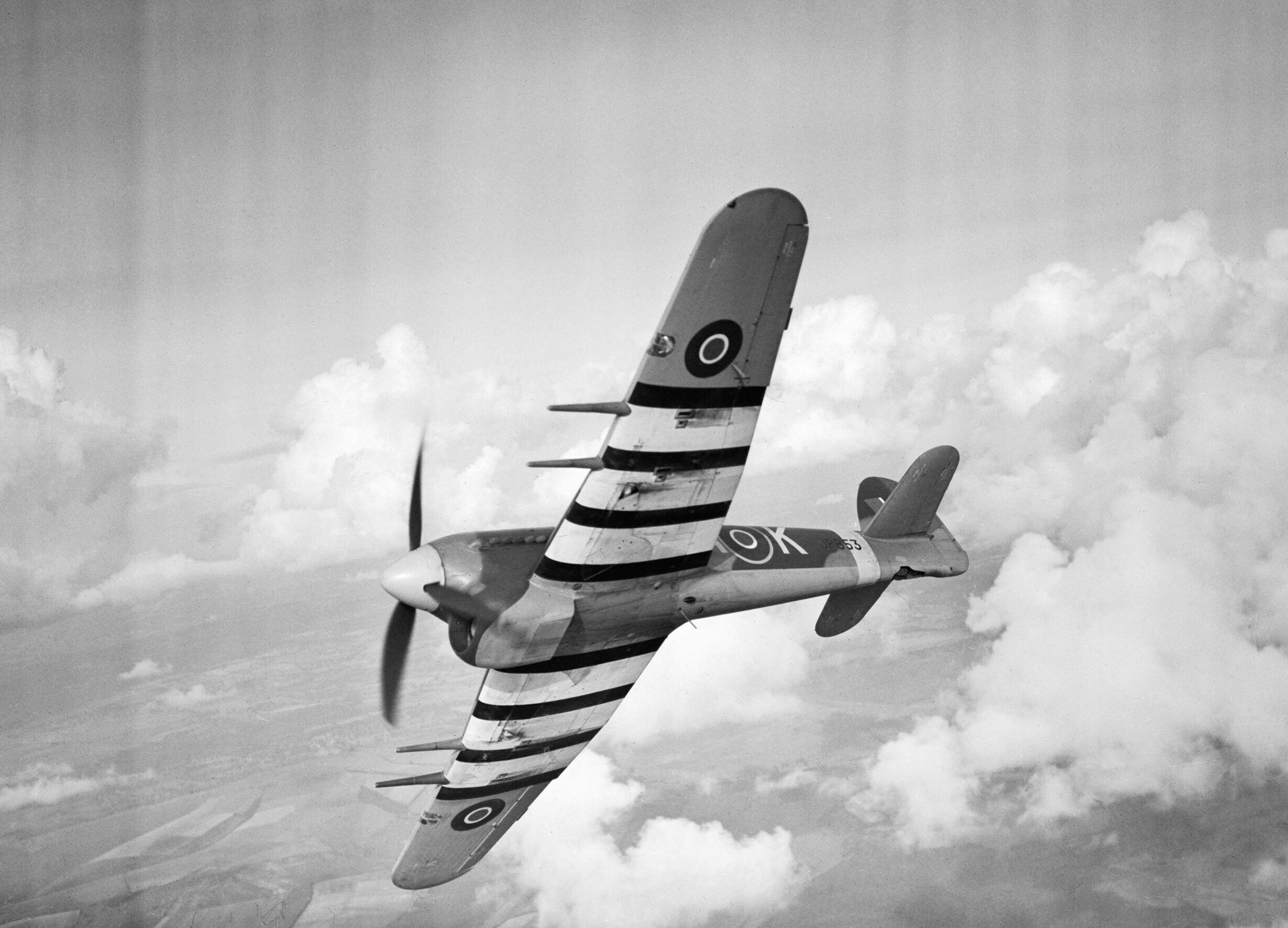
The Birth of a Beast
The aircraft that changed the game was the Hawker Typhoon, born from Britain’s desperation to counter faster German fighters. Designed by Sydney Camm, the man behind the Hurricane, it packed the ferocious Napier Sabre engine—an H-24 monster producing over 2,200 horsepower. On paper, the Typhoon promised 400 mph at 18,000 feet. In reality, it was nearly uncontrollable.
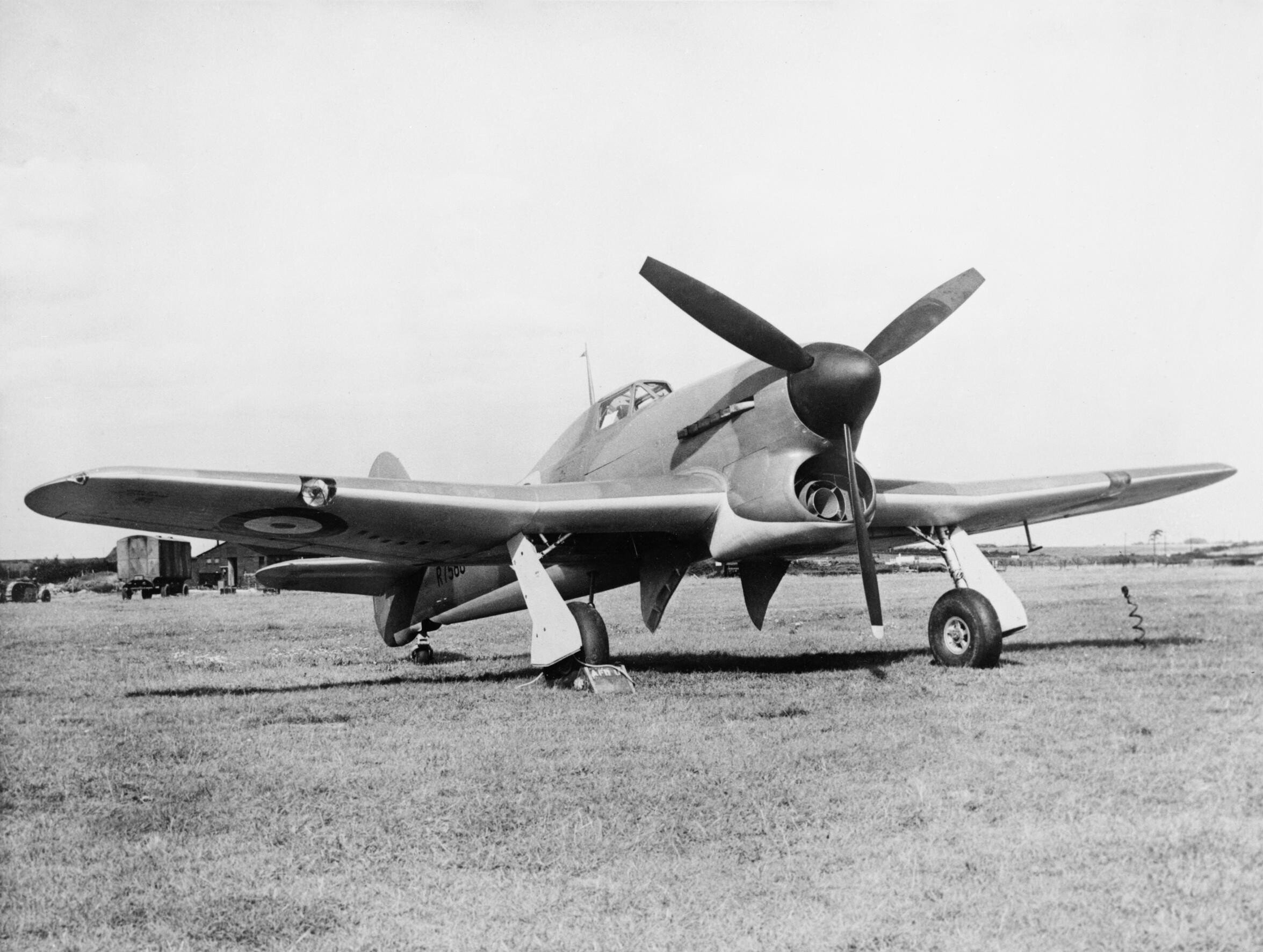
During its first flight in February 1940, test pilot Philip Lucas barely survived when the rear fuselage split open midair. He somehow landed the crippled plane, saving the program. Hawker engineers reinforced the airframe, but the Typhoon’s problems continued: engines overheated, carbon monoxide filled cockpits, and fires plagued the early models.
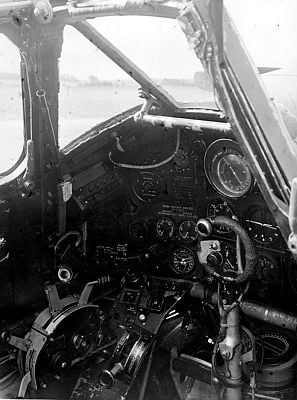
Redemption in Combat
The Typhoon’s salvation came when the feared Focke-Wulf Fw 190 appeared in 1941. At low altitudes, the Typhoon was the only Allied fighter fast enough to catch it.
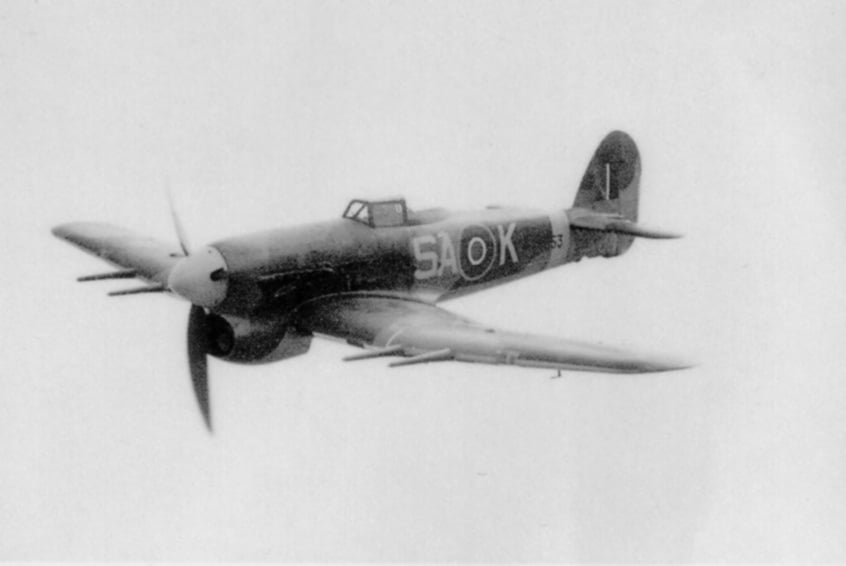
In late 1941, Typhoons began patrolling over Dover, intercepting German fighter-bombers with blistering speed and devastating 20mm cannon fire. The aircraft once labeled a failure had found its purpose.
From Fighter to Tank Killer
By 1943, engineers armed it with rockets and bombs, transforming the Typhoon into the RAF’s deadliest ground-attack weapon. On D-Day and throughout Normandy, squadrons of rocket-firing Typhoons obliterated German tanks, convoys, and command posts. Wehrmacht soldiers came to dread the shriek of its diving engine—the sound of death from above.
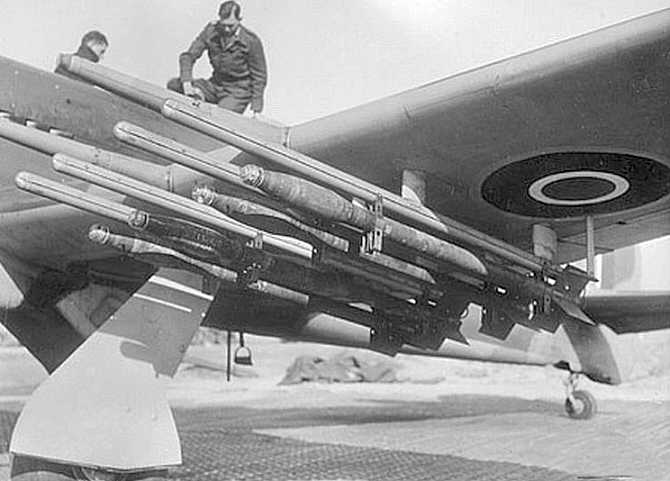
By war’s end, Typhoon pilots had destroyed hundreds of tanks and thousands of vehicles. Once an unreliable prototype, it became the weapon that cracked Germany’s ground and air defenses alike.















